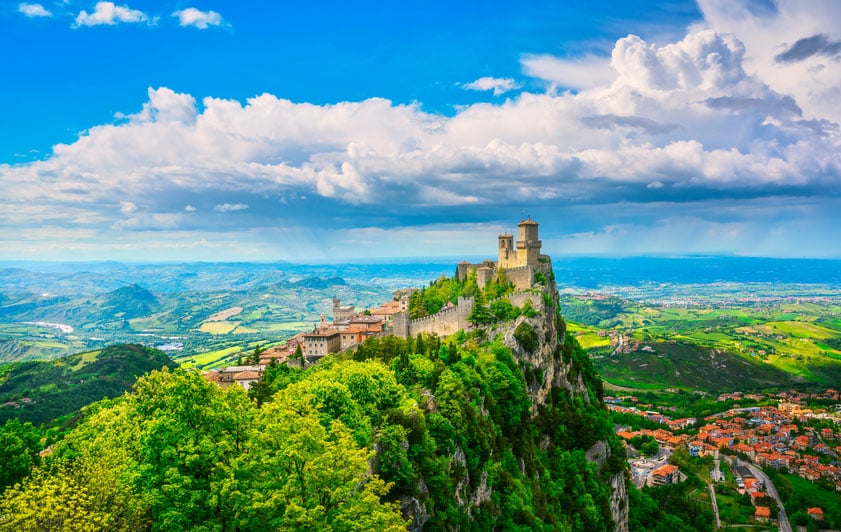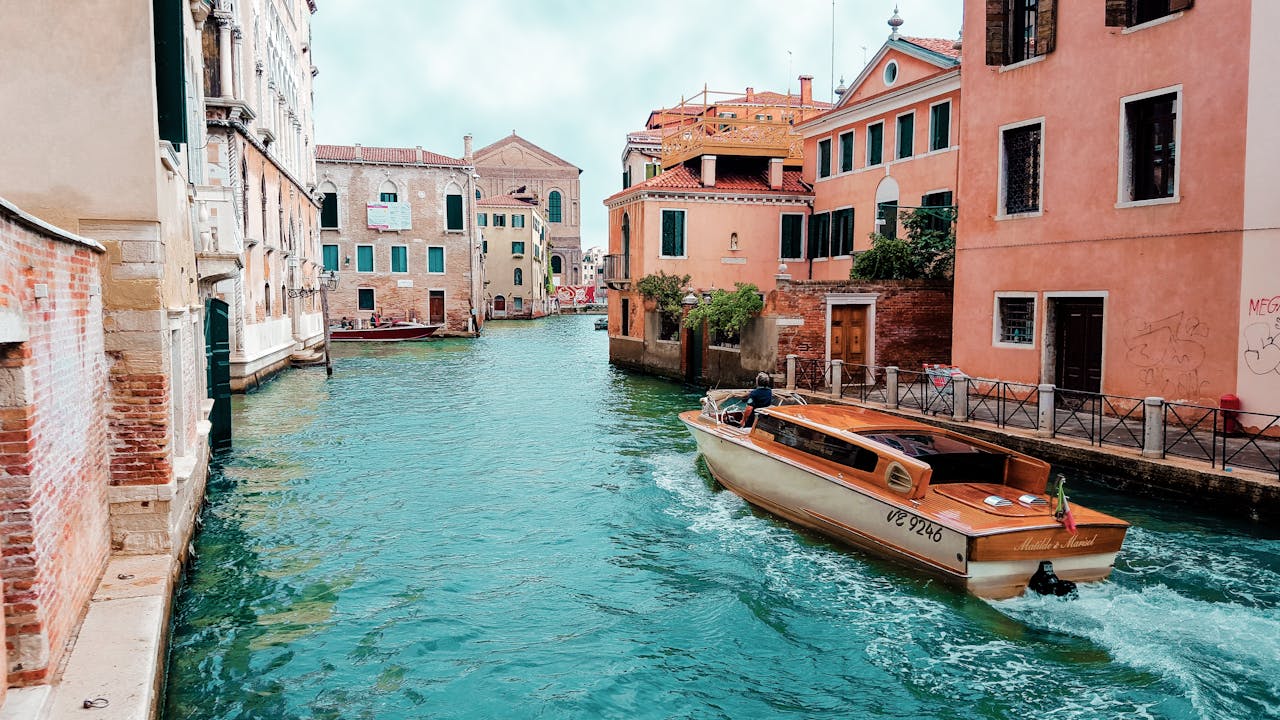Ways to Immigration to San Marino: Work, Tourism, Marriage, and Asylum

What are the best ways to immigrate to San Marino? San Marino is considered one of the most beautiful European countries, which attracts the attention of everyone, in addition to its distinguished location, as it is located in the center of Italy, and so you see that everyone is looking for ways to migrate to San Marino when it was previously marginalized and unknown to all.
Is San Marino a Schengen country?
No, although San Marino is located in Italy and is considered one of the European countries, it does not belong to the European Union or the Schengen area.
Immigration Ways to San Marino
There are many ways to immigrate to San Marino, and we will mention five of them, so try to finish the article by the end, because there is still a lot of useful information you need to know.
Marriage in San Marino
Marriage to a San Marino citizen offers the possibility of obtaining permanent residence in San Marino and settling there by law, but the procedures will take some time if the partner is outside the country, and the waiting period can sometimes reach a year or more.
Working in San Marino
There are many ways to work in San Marino, including the traditional one, including having a relative or trusted person send you a work contract, or you can search for an institution or company in San Marino and contact them to present your qualifications and ask for a job with them and if accepted your application will be sent to you by email.
Also, if you can go to San Marino, whether for tourism or otherwise, this will give you the right to look for work in San Marino during your stay there.
Asylum in San Marino
As for asylum, San Marino hosts many refugees, where people persecuted in their country, whether because of war or for religious, ethnic, or political reasons, can apply for an asylum visa in San Marino.
The determination of eligibility and priority is based on the refugee’s file. As far as facilities are concerned, the Republic of San Marino offers many facilities for refugee students.
Tourism in San Marino
As for tourism in San Marino, it is a bit complicated, San Marino has no border crossing because it is surrounded on all sides by Italy.
Therefore, it makes no sense to take a San Marino visa if your country is one of the countries that need a visa to enter Italy.
If you want to know more about traveling to San Marino through tourism, follow the article to the end, there are still many things you need to know.
Is it possible to enter San Marino without a visa?
To enter San Marino you will need a visa, but this does not apply to the countries that San Marino has exempted from visa.
San Marino Arab countries exempted from visa
San Marino has exempted only two Arab countries from requiring a visa, and they are
- Morocco
- Tunisia
Apart from that, Arab countries must apply for a visa to enter this country.
Can Morocco and Tunisia really enter San Marino without a visa?
In terms of the accuracy of the information, it is correct, but as we mentioned earlier, San Marino is located on Italian territory and does not have its own border crossing, all its crossings are shared with Italy, which means that it is unavoidable to cross Italian territory to reach San Marino.
And therein lies the problem, Italy is one of the countries that require a visa for Moroccans and Tunisians, so you must first apply for an Italian visa to travel to San Marino.
In addition, if you can obtain a Schengen visa or an entry visa for European countries, you will not have any problems traveling to San Marino, even if your country is one of the countries for which you need a visa to enter.
In summary of this paragraph, if your country is among the countries that enter Italy without a visa, you can visit San Marino without any hindrance, but if it is the opposite, you must first obtain a tourist visa for Italy.
All the documents needed to obtain an Italy visa
The documents required to obtain an Italian visa are:
- You must fill out the Schengen visa application form for Italy, print it, and sign it.
- Your passport must be valid for the duration of your trip and there must be at least two blank pages in your passport.
- The health insurance covering the duration of the trip and the minimum medical insurance coverage for a Schengen visa must be at least 30000 euros. You can find more information here
- If you are staying with a friend or relative, you must prove this by the invitation letter or prove the place of residence by a hotel reservation.
- Recent personal photos according to the criteria required for a Schengen visa.
- Round trip airfare reservation.
- Proof of marital status (marriage certificate or birth certificate of children…)
- You must indicate your itinerary, the time you plan to spend in Italy, and the date of departure;
- You must provide your bank statement and the amount required on the statement varies according to the length of the trip.
These are the documents that must be provided to obtain an Italian visa, but those who wish to obtain an Italian tourist visa must provide additional documents.
Employees and workers must provide the following documents:
- Proof of ITR tax performance.
- Conclude an employment contract or a work contract.
- Submit a letter of no objection from the employer.
- Bank statement for the last three months.
Students and pupils are required to provide these documents:
- No objection letter from the educational institution or university;
- Proof of university enrollment for the student or certificate of attendance for the student;
- Parental authorization for those under 18 years of age.
As for the self-employed, they must provide:
- Business or private company statement for the last three months.
- A copy of the work permit.
- In addition to providing proof of payment of income tax ITR.
As a guide, the documents required to obtain an Italian visa from Morocco, Saudi Arabia, Algeria, Egypt, and Tunisia… are the same for all types of short-term Schengen visas.
Once you have collected all your documents in your file, you must submit your application to the Italian Consulate or Embassy in your country, and you can also send the file to one of the approved visa centers in your country.
Note: Visa centers act as intermediaries between the applicant and the consulates and cannot decide whether or not to issue a visa.
Italy Visa Fees
The fee and price of the Italian visa are about 40 euros for people between the ages of 6 and 12, free for those under six, and 80 euros for those over 12.
And you will find that the price of an Italy visa is fixed and does not differ from country to country.
With that, we have finished this article, and we hope that this information has answered any questions you may have.




